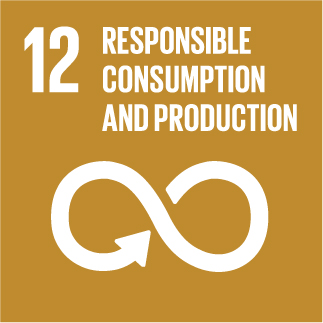Integrated manufacturing of REciclable multi-material COmposites for the TRANSport sector
Halide Chemistry Boosts All?Solid?State Li?S Batteries
Halide chemistry is an emerging approach in promoting the kinetics of all?solid?state Li?S batteries (ASSLSBs). In this perspective, the distinct roles of halide chemistry are discussed at both the cathode and anode, analyzing the atomic arrangement, phase composition, and morphology evolution in various halogenation strategies. further research and broad discussion of halogenation strategies are expected to inspire ASSLSBs.All?solid?state Li?S batteries (ASSLSBs) are emerging as a promising energy storage solution due to their low cost and high energy density. Their solid?state configuration effectively eliminates the notorious shuttle effect caused by soluble polysulfides in conventional liquid electrolytes. However, the heterogeneous solid?to?solid interfaces introduce significant challenges, including sluggish ion/electron transport and interfacial instability among electrode materials, conductive additives, and solid electrolytes (SEs). Recently, halide?based strategies have gained attention for enabling high?performance ASSLSBs. This perspective highlights these strategies, emphasizing the role of halide chemistry in enhancing ASSLSB kinetics. It is contended that halides (e.g., iodides) in sulfur?based cathode composites—such as Li2S and transition metal sulfides—can activate S/Li2S redox reactions, improving both ionic and electronic conductivities. This “catalytic effect” of halides accelerates the reversible transition, even in the absence of conductive additives like SEs or conductive carbons. Moreover, halides at the anode interface play a crucial role in preventing Li dendrite formation and SE degradation, owing to their large polarizability and high interfacial energy. This perspective provides a timely and insightful summary of halide chemistry's impact on ASSLSB kinetics, offering inspiration for further research and broader adoption of halide?based strategies in next?generation solid?state Li?S batteries.

» Publication Date: 18/04/2025

This project has received funding from the European Union's Horizon 2020 research and innovation programme under grant agreement Nº 768737


